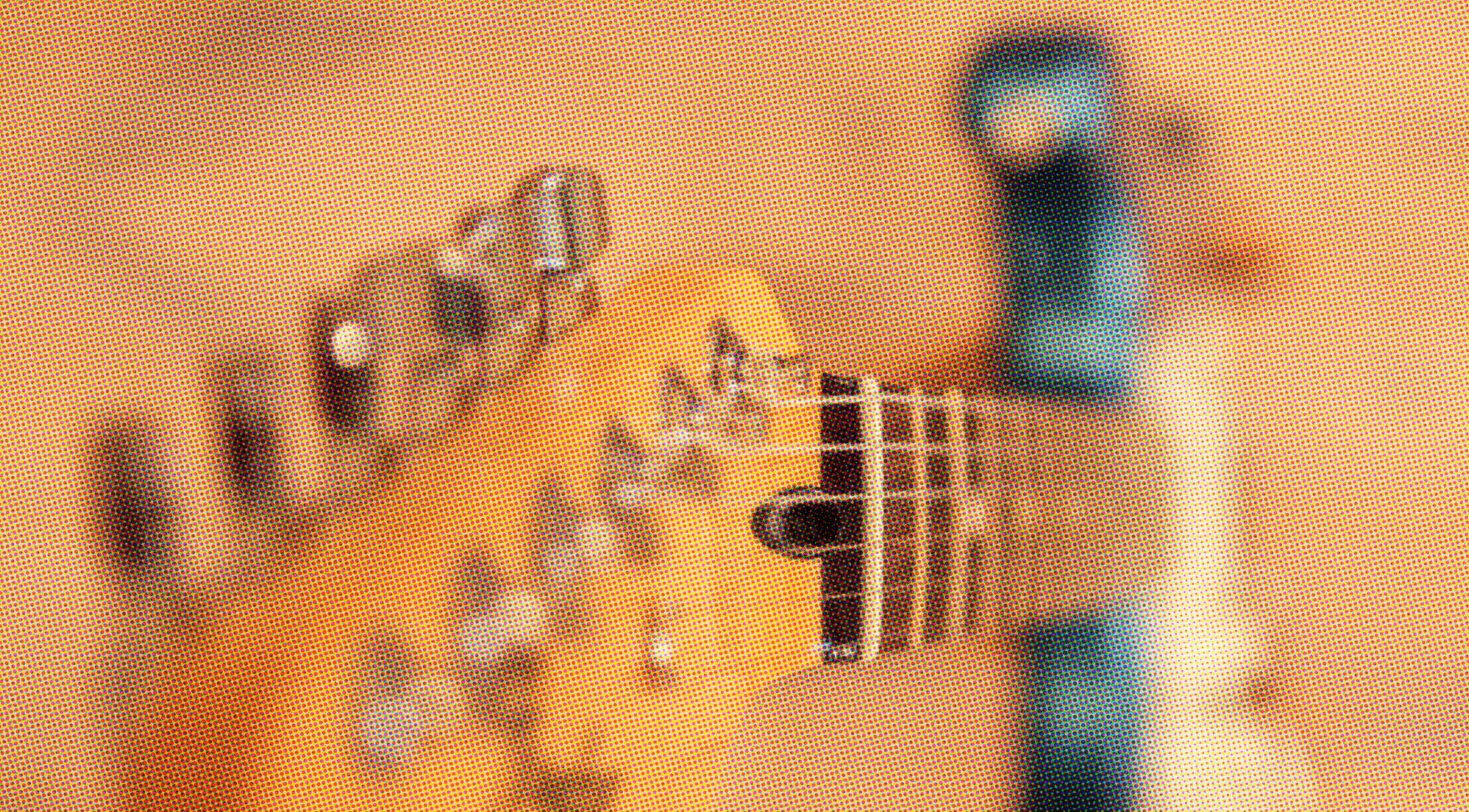2 Min ReadBy Jeff Owens
How to Keep Your Neck in Perfect Alignment
Unseen and unsung, the truss rod is a vital piece of guitar design.

The truss rod. It’s the long metal thing that runs down the length of your guitar neck’s interior, routed deep into it and hence unseen, but nonetheless the unsung hero of steel-string instrument design. Why is it there and what do you need to do to keep it working perfectly?
The truss rod is there to do one thing—to keep the neck of your guitar straight and stable, keeping your instrument in tune all the way up its well-aligned neck. It does this job well with ingenious simplicity and efficiency, constantly counteracting the tremendous physical forces that continually conspire to bend, warp and bow the neck, preventing proper intonation.
What makes the truss rod so indispensable is that it’s adjustable. A nut at one end of it (often accessible at the headstock end of a guitar with an Allen wrench, although it’s sometimes at the butt end of the neck), allows it to be tightened or loosened as necessary. Fender also offers a double action truss rod adjustment wheel on all American Elite models that makes it a snap to address neck relief.
Just remember:
A concave (dipping) neck bow can be corrected by tightening the truss rod, thus resisting string tension.
A convex (arching) neck bow can be corrected by loosening the truss rod, thus allowing the neck to bend forward slightly in response to string tension.
Why do you have to do this?
Chief among the forces conspiring against neck stability is string tension. You just wouldn’t believe how much tension steel strings put on the neck of a guitar or bass, something that didn’t occur with the gut and nylon strings of old-world guitars. A set of light-gauge strings can put 200 pounds of tension on a neck. That could actually bend a wooden neck into a concave bow, or maybe pull one side of a neck out of whack.
Climate can also affect the neck. Wood is not 100-percent rock-solid stable; it reacts to climate variations in temperature and humidity by expanding, contracting, warping and bending. All of which are natural and normal.
And so steel (and later graphite) truss rods were introduced to counter these forces by strengthening the neck. They also allow instruments to be made from less rigid and perhaps less expensive woods and other materials that otherwise wouldn’t be able to withstand the forces of steel string tension. Further, truss rods also allow thinner necks, which improves playability.
The amount of curvature along the length of the neck is called “relief,” and a small amount of concave relief is often desirable. Luckily, you can adjust your truss rod (or have authorized service personnel do it) to get the intonation and playability that you prefer.
If you want to learn more about the parts of your guitar, check out Fender Play. And if you're not a member yet, click here for a free trial.
Don’t miss out!
Be the first to know about new products, featured content, exclusive offers and giveaways.


